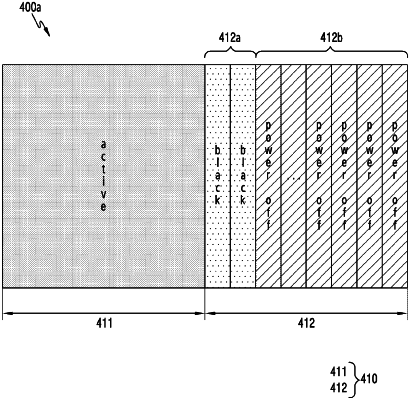| CPC G06F 1/1652 (2013.01) [G06F 1/1624 (2013.01); G06F 1/1677 (2013.01); G06F 1/1683 (2013.01)] | 20 Claims |

|
1. An electronic device comprising:
a first housing;
a second housing coupled with the first housing so as to be movable with respect to the first housing;
a flexible display comprising a first area and a second area extending from the first area, the flexible display configured so that the first area is exposed for view to an outside of the electronic device and the second area is not exposed for view to the outside of the electronic device in a first state, and when the first state is switched to a second state based on at least movement of the second housing with respect to the first housing, at least a portion of the second area becomes exposed for view to the outside of the electronic device together with the first area; and
at least one processor electrically connected to the flexible display,
wherein the at least one processor, individually and/or collectively, is configured to, in the first state, control power supply related to driving of the flexible display differently for the first area, a first portion of the second area adjacent to the first area and a second portion of the second area located farther from the first area that the first portion, so that in the first state: (i) the first area is in an active state, (ii) the first portion of the second area is in a black state, and (iii) the second portion of the second area is in an inactive state.
|